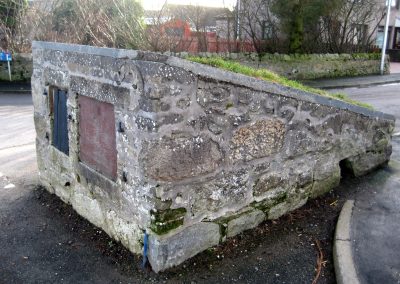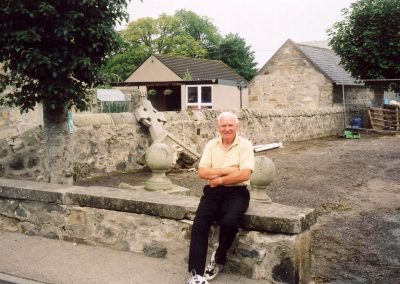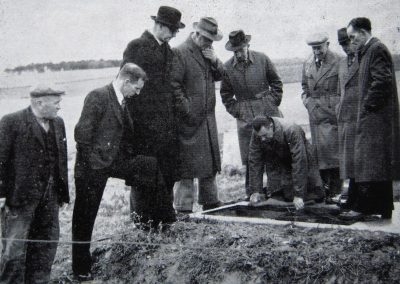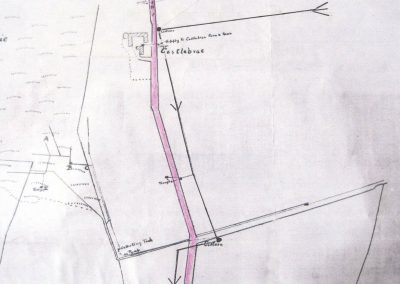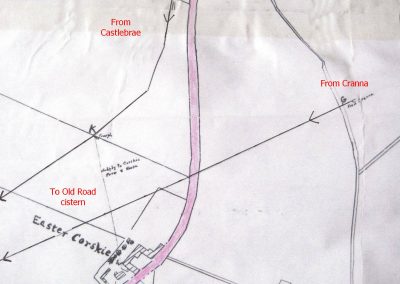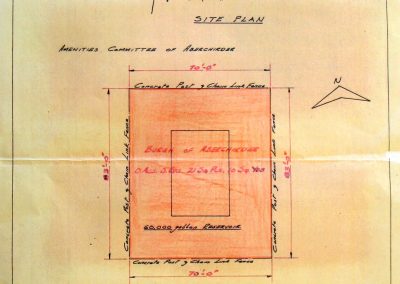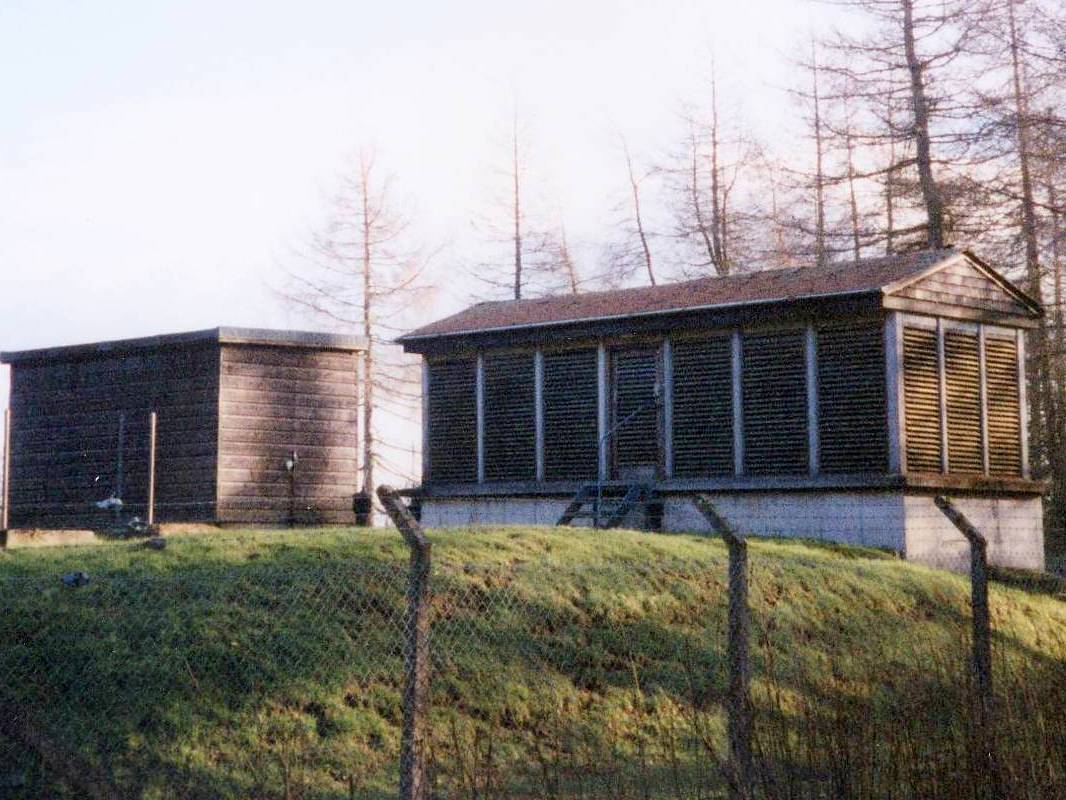Water Problems
The search for water:
The following year a pump was installed at the North Cranna reservoir and it was estimated the supply from all sources was 25000 gallons a day, which should be enough for the burgh population of 900, at 27 gallons per household per day. (An average 21st Century household uses around 100 gallons!) However it was felt a lot of water must be leaking, including at a suspect section in North Street where, according to Hugh Youngson, the construction of the Memorial Hall had damaged the water main.
As a result, the water often had to be turned off overnight and at one stage “instruction was given that the bell be sent round the burgh and warn householders regarding waste of water and leaks.” (This use of a town crier was at that time the standard means of issuing Council notices.)
WCs increase demand:
A further consideration was that the Town Council was under pressure from the Department of Health and its own Sanitary Inspector to have all houses provided with WCs. This would allow people to end the traditional system whereby the contents of dry privies were periodically emptied out onto the ashpits in their gardens. These ashpits were then cleared by the town carter and deposited in Causewayend Quarry. In 1950 about half of houses still had ashpits, but by 1953 the proportion had dropped to just 13%. Thus demand for water continued to grow.
It was at this time that one property owner found himself in dispute with the Town Council. It had given him 28 days to install WCs and sinks at 13-15 North Street for his three tenants who, over a year later, complained again about their sanitary arrangements. The Council minutes record that the owner “pointed out that drains and tanks had been laid down but one tenant refused to allow installation of a lavatory in the shed occupied by her.” After further discussion he stated that he was not prepared to build a new shed for a WC, and the statement that there was no lavatory was not correct, there was a dry closet. “The actlon of the Council in rehousing one of the other tenants had relieved the number using this accommodation. Poultry, cattle, etc complained of had been removed.” This apparently was the end of the matter.
1959 – crisis year:
David Beckley owns a map he obtained while residing at Easter Corskie. It shows the lines taken by pipes from Foggie’s two water sources – the 19th Century one at Cranna and the 1956 one at Castlebrae – which fed into a cistern at the top of what is now Old Road. There is now no sign of the cistern above ground.
Two sections of the map have been adapted to show its north and south ends:
Cleanhill Reservoir:
As house-building continued, a major project was obviously required and in 1962 Mr Eaton, the Sanitary Inspector, produced a report proposing pumping water from a well near Kinnairdy Castle beside the River Deveron.
This was eventually adapted to provide a better quality of water by using a site at Braehead, west of the Bridge of Marnoch.
The scheme, designed by W A Fairhurst of Aberdeen, involved building a pumping station and laying four miles of pipes from the Deveron to a reservoir at the top of Cleanhill, with a chlorination station halfway at Auchintoul and a link to the old Corskie reservoir at the east end of the Burgh.

